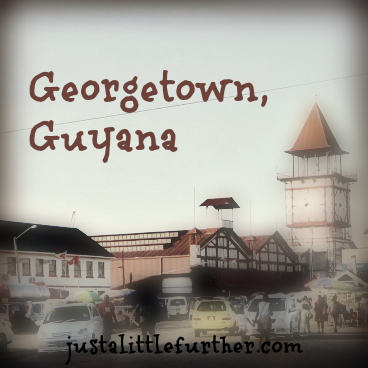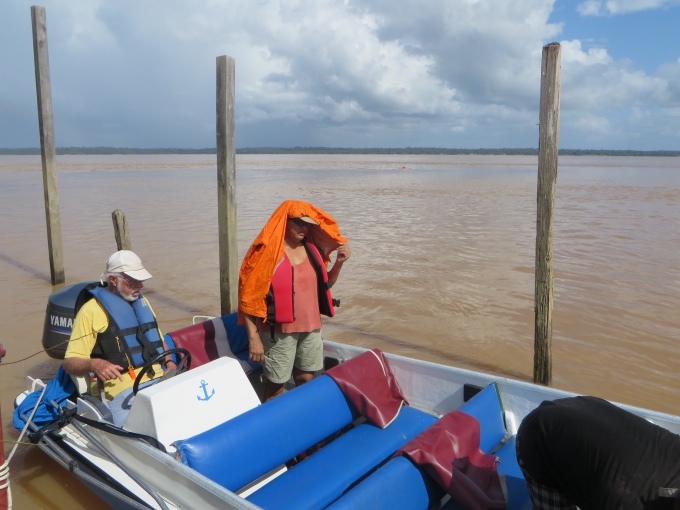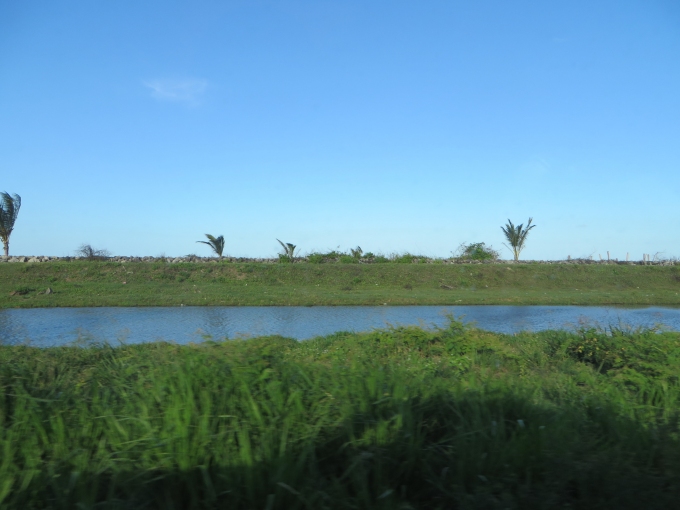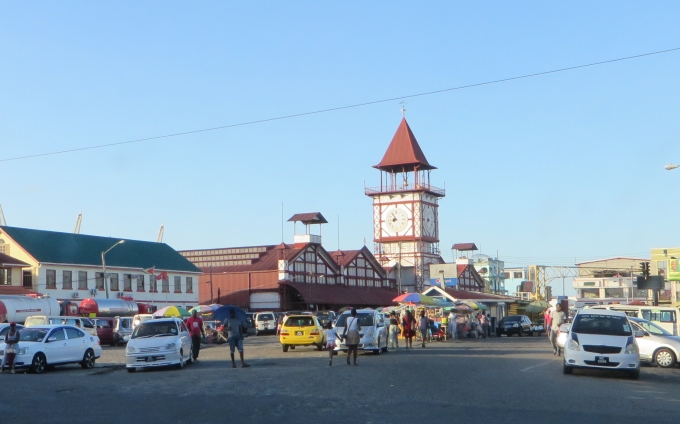Georgetown, Guyana's Capital - Pt. 3
/We walked and walked and walked some more till we arrived at Georgetown's majestic City Hall. Built in 1889, it's in desperate need of repair, but the grandness of the Neo-Gothic colonial architecture shows through.
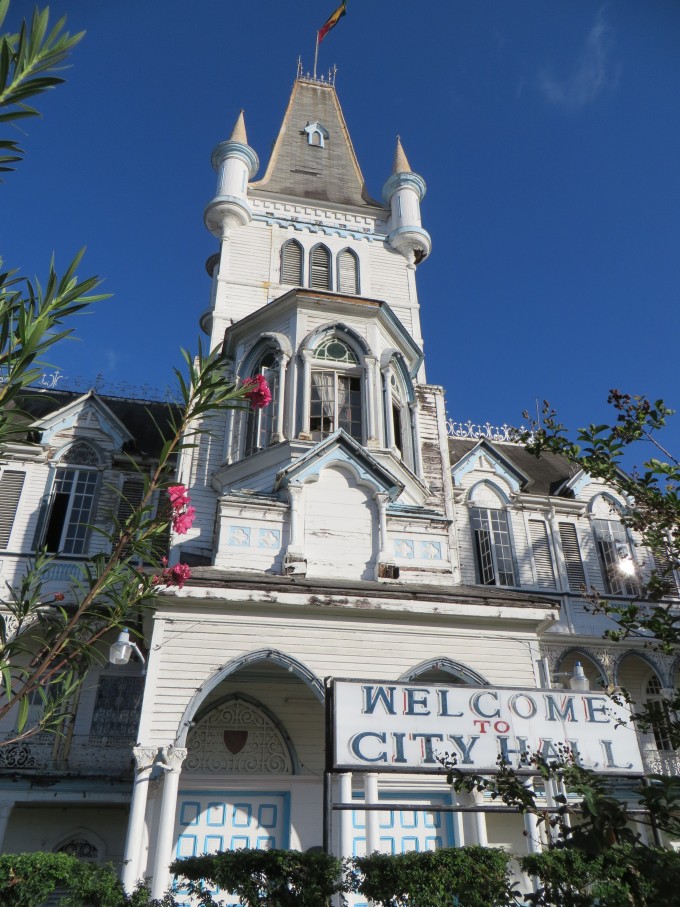
Queen Victoria stands regally and presides over the proceedings at Guyana's High Court (Victoria Law Courts) buildings (1887). Parliament is nearby, as is the National Library and the State House.
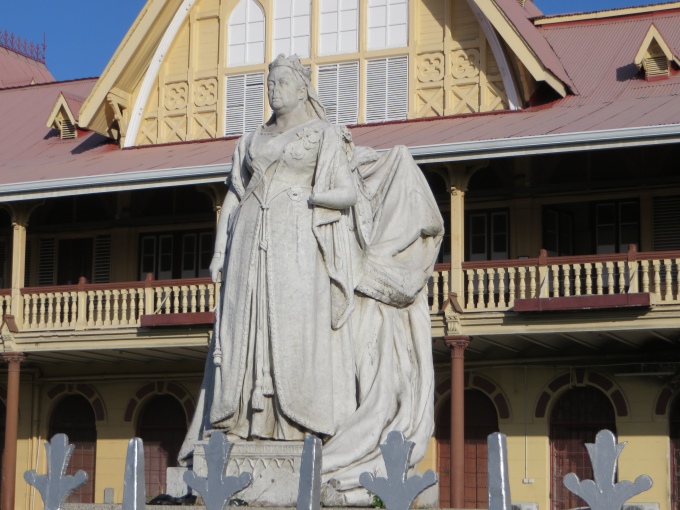
We made our way to St. George's Cathedral. Built in 1899, this Gothic style Anglican church was once considered the “world's tallest wooden building”. Constructed primarily of greenheart, a local hardwood, it, too, is in dire need of restoration and work was in progress on what is now a national monument.
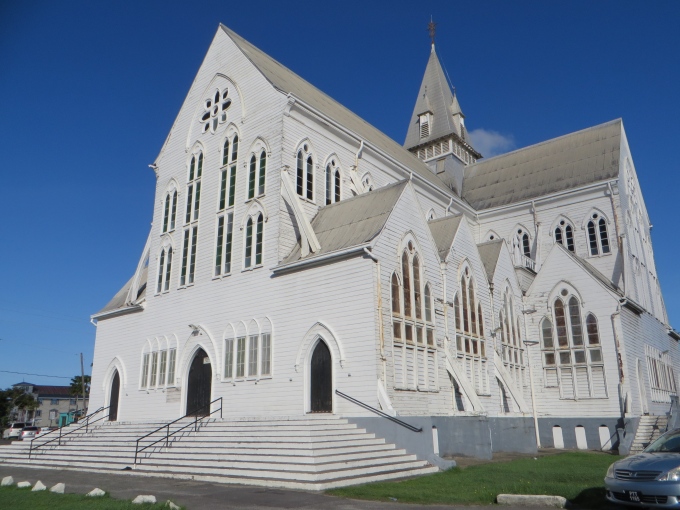
We headed to Stabroek Market, a huge cast iron building with a stately iron clock tower.
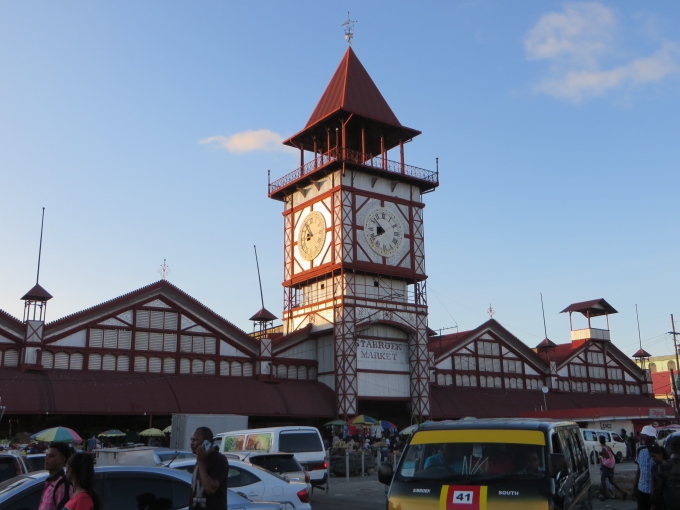
Dating back to 1792, the market area is total chaos where you can buy anything from broccoli to brassieres and toilet plungers to gold. The stalls are tight and crowded. Hawkers and vendors are shouting and touting their wares. People are shoulder to shoulder, hustled along by the flow of the throng. The smell of rotting veggies, odd spices and human sweat prevail. Still, you can feel and absorb the frenetic energy of the place as you pass through. We were warned of pickpockets here, but escaped unscathed.
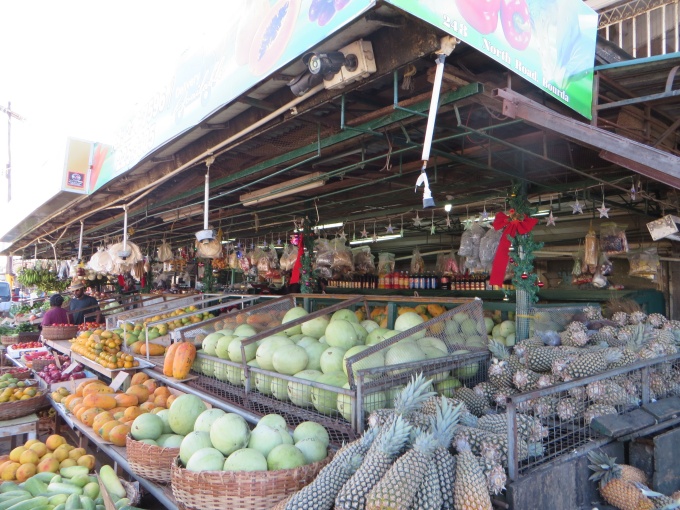
We headed to the relative calm of the National Museum. It's housed in a non-descript building and is part natural history and part cultural history … although neither is done particularly well. The highlight of the museum is the giant sloth exhibition which has its own room. Evidently giant ground sloths (megatherium) once roamed the area, the skeletal remains of which were discovered by a miner in Guyana's interior. Considered to be one of the largest mammals that ever walked the earth, these guys were about the size of a modern day bull elephant.
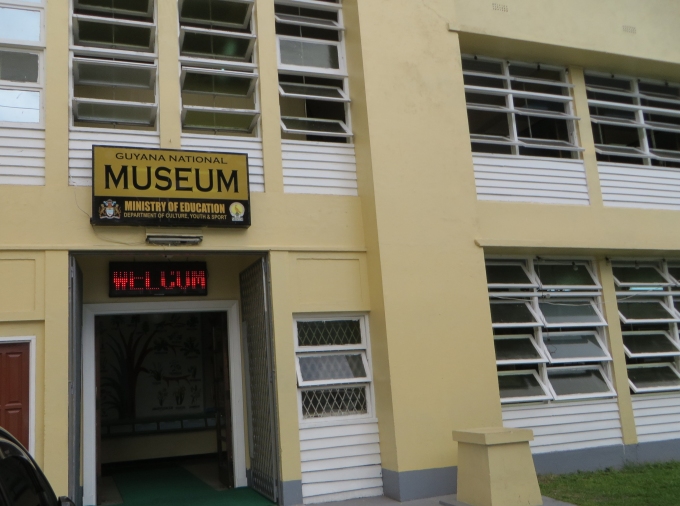
Across the street from the museum is the Hibiscus Craft Market which begged a look. We quickly passed up the “made in China” trinkets and honed in on the local crafts including nibbee vine creations, basketry and carvings.

Though we appreciated the craftsmanship, nothing appealed to us. Pam, a native Guyanese friend, had recently given me a 40-year old, traditional Guyanese hat which now hung in the boat. What better souvenir that that?
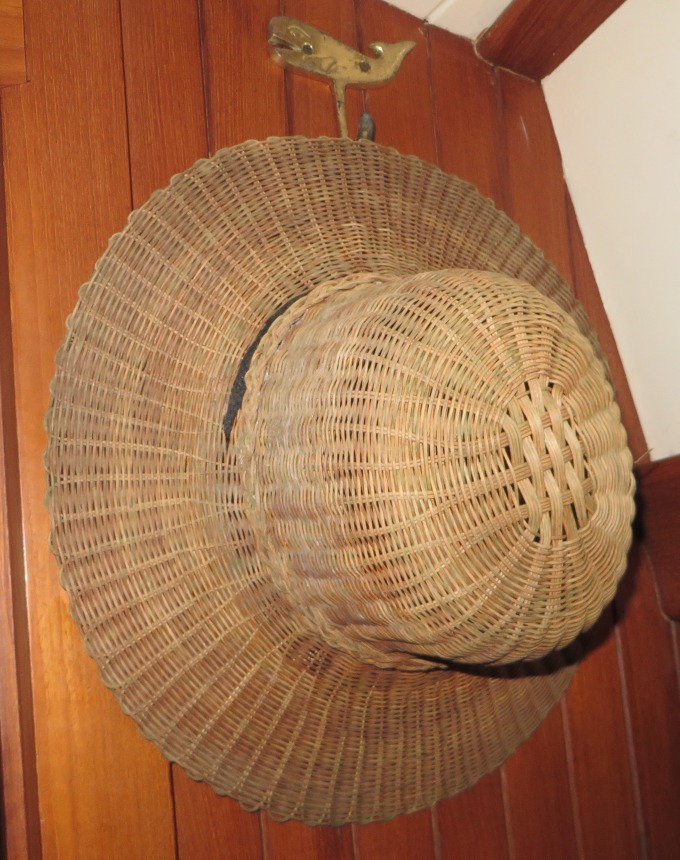
We were looking for a respite and found the Oasis Cafe for a refreshing iced latte. We'd planned a rum factory tour and tasting at the Demarara Distillers, but they canceled at the last minute with no alternative tours available during our stay. Sigh! No matter, we wandered some more and found ourselves at the lovely Promenade Gardens, a fine place to sit and relax in the shade next to a Ghandi statue and watch the weasels (mongooses?) that apparently enjoyed the park as much as we did. It seems, by the way, that the Mahatma needed spectacles and was fitted with them after the statue was completed.
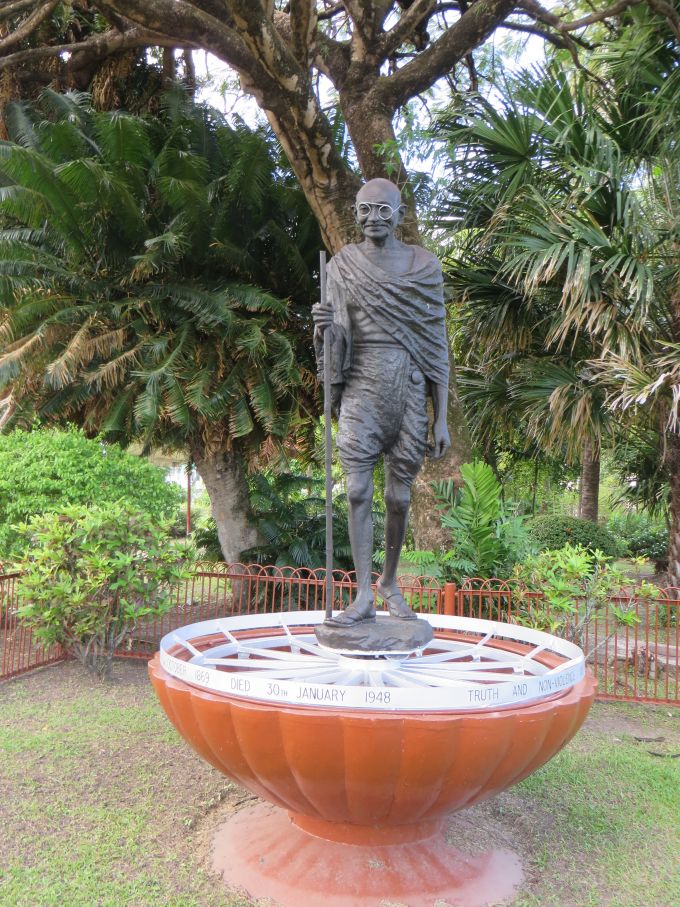
All in all, Georgetown has been a surprise. It's a third world city, without a doubt, but it seems that there's a major effort underway to clean-up, renovate and restore. Traffic is horrendous and crazy and both driving and walking is a risk. The people, however, are warm, friendly and helpful. Beyond the colonial buildings, parks, statues and markets, there was so much to be seen by just wandering around and observing. We walked during the day and ventured out at night by taxi … they're cheap. We didn't flaunt jewelry or cash. We were alert and practiced typical street-wise, any-city behavior. We never felt threatened or at risk for our security.
While we were busy exploring Georgetown, Gem had arranged a tour to Guyana's legendary waterfalls at Kaieteur National Park. Pack your hiking shoes, your sunscreen and insect repellent, we're heading into the Interior tomorrow!


